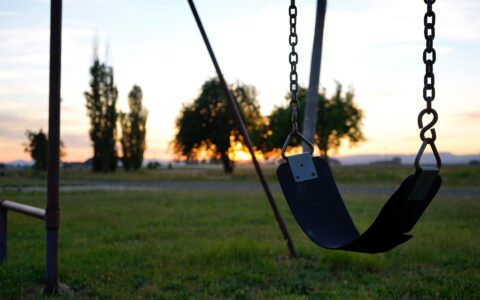How Attachment Issues in Children May Affect Adults
Los Angeles Christian Counseling
The way we relate to others through our attachment style has the potential to make relationships more challenging or a lot easier. If you are experiencing challenges in relationships due to attachment issues, there are several steps you can take to move forward.
Start by looking at your past
As you consider your current attachment issues you need to think back to how you experienced care and how your caregivers met your needs. By using this information, you will be in a better position to understand which attachment style comes more naturally to you.
For example, if your parents met your physical needs but were emotionally disengaged from you as you grew up, it may be reasonable to expect that you developed an avoidant attachment style as a direct result of not having an environment in which to learn healthy emotional patterns while growing up.
Four attachment styles
Below are four attachment styles that are often revealed in infants and children.
 Secure attachment.
Secure attachment.
A securely attached child will typically feel confident in their relationship with their caregiver and are often excited to spend time with them. When this type of child is separated from their caregivers, they may feel unhappy, but they are confident that their caregiver will return and during this time they will be safe.
The caregiver becomes a home base for the securely attached child and the child feels freedom to explore within their home rules. This type of child finds it relatively easy to make friends, to feel a connection to their teachers, and to work hard to achieve their goals.
Anxious attachment.
Children characterized by an anxious attachment style, also known as ambivalent-insecure attachment, will often not feel confident in their relationship with their caregivers. Children in this situation may seek to comfort themselves by staying close to their caregiver, adopting the behavior of a younger child, or acting out when separated from them.
After a time of separation, the child with an anxious attachment style will often cry out in anger instead of acting in a way that shows they are happy to be reunited with them.
Avoidant-insecure attachment.
The behavior of an avoidant-insecure child may reveal a disinterest in their caregiver. They may prefer to spend their time alone and reject offers from their caregivers to share time playing together.
Typically, this child will behave in a way that shows they do not notice when their caregiver leaves them, despite possibly feeling hurt. And the return of the caregiver is not marked by signs of happiness from the child but often a lack of acknowledgment. As children, these individuals may struggle to show love and affection to those who are close to them.
Disorganized-insecure attachment.
The disorganized-insecure child will likely display mixed signals and not have a consistent pattern of behavior toward their caregivers. They may even look confused about how they should react in certain situations.
It is sometimes the case that children with disorganized-insecure attachment issues adopt the role of parenting themselves as they are often required to care for their siblings or parents. This type of attachment forms in early childhood and will often persist into adulthood.
How to have easier relationships despite attachment issues
To ease the relationship distress you may feel due to attachment styles it is important to learn about your attachment style and understand where it originates from. People who do this often find it useful to research it as then you will get a comprehensive understanding of how attachment works, and the factors involved in establishing the thought patterns and behaviors typical of safe relationships.
Finding help to properly address attachment issues
It may feel overwhelming to consider changing a part of you as deeply rooted as an adult attachment style. Coming to a deeper understanding of attachment issues is a significant journey.
If you are looking for additional help to deal with attachment issues and make a good decision regarding possible treatment, browse our online counselor directory or contact our office to schedule an appointment. We would be honored to walk with you on this journey.
“Playing in the Sand”, Courtesy of Markus Spiske, Unsplash.com, CC0 License; “Empty Swing”, Courtesy of Dan Meyers, Unsplash.com, CC0 License




